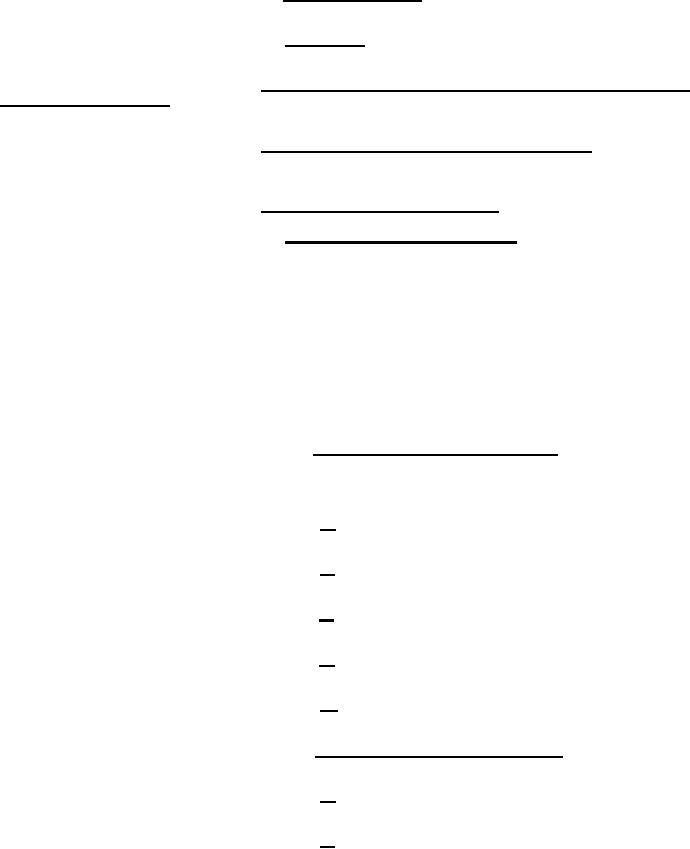 |
|||
|
Page Title:
Pilot Display Logic to Pilot Display |
|
||
| ||||||||||
|
|  MIL-D-81347C(AS)
(2) Output Acknowledge - The Output Acknowledge signal in-
dicates that data on the data lines is ready for sampling by the PDL.
(3) Test Switch - The Test Switch closure lines provide instruc-
tions to the PDL to perform the tests as described in 3.5.3.4.2.3.8.
3.5.3.4.2.4.1.2
Pilot Display Logic to Maintenance Control Panel, Pilot Display
and Master Timing Logic - The PDL shall transmit signals to the MCP, Pilot Display, and Master
Timing Logic.
3.5.3.4.2.4.1.2.1
Pilot Display Logic to Maintenance Control Panel - The PDL
shall transmit an Output Data Request to the MCP. This signal shall be compatible with the PDL and
the computer requirements described in Appendix I.
3.5.3.4.2.4.1.2.2
Pilot Display Logic to Pilot Display
(1) "X" and "Y" Full Scale Deflection - Circuitry in the PDL
shall be capable of accepting digital data that describes positions, straight lines, circles, and charac-
ters. This data shall generate waveforms which shall be transmitted to the horizontal and vertical
deflection circuits of the Pilot Display. The signal level will be from 0 to between 6 to 8 volts peak
amplitude for a beam deflection of one radius. Step setting time for the Pilot Display shall be no
greater than 18 sec for full screen deflection. The sinusoidal signals for vector and circle functions
shall be 12 KHz, and character deflection axis bandwidth products shall be 110 KHz minimum.
Circuits shall be provided in the PDL that shall limit the
summation of the character signals, sinusoidal signals, and positioning signals from exceeding one
display radius along any coordinate axis in order to prevent overdriving the display deflection ampli-
fiers. Limiting of the maximum allowable X and Y deflection signals shall be at X and Y deflection
amplitude values of +6 to +8 V +10% -0%.
--
(a) Accuracy Under Nominal Conditions - Nominal condi-
tions are defined as the temperature range of 10C to 400C, and the range of input power within the
bounds of Limits 2 and 3 of Figure 3, MIL-STD-704 as modified by 3.3.12.1. Accuracies under these
conditions shall be as follows:
1 . The X and Y total harmonic distortion of the
sinusoidal conic generation signals shall be less than 1%.
2. The phase difference between X and Y sinusoidal
conic generation signals shall be less than one degree.
3 . A change in the digital signal shall produce a cor-
responding change in the analog signal within one LSB.
4 . The magnitude accuracy of X relative to Y shall be
less than +1%.
--. The absolute accuracy of X or Y shall be less than
5
+2%* "
(b) Accuracy Under Extreme Conditions - Extreme condi-
tions shall be as defined in 3.3.10. Accuracies under these conditions shall be as fillows:
1 . The X or Y total harmonic distortion of the sinusoi-
dal conic generation signals shall be less than 2%.
2. The phase difference between the X and Y sinusoidal
conic generation signals shall be less than 2.
198
|
|
Privacy Statement - Press Release - Copyright Information. - Contact Us |